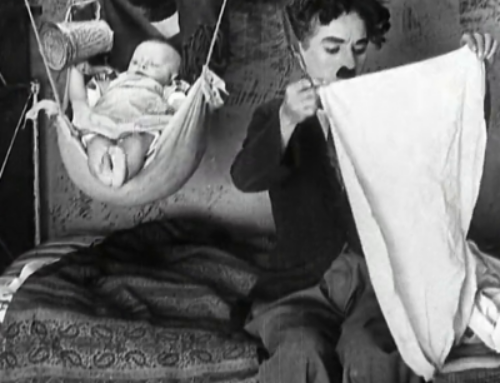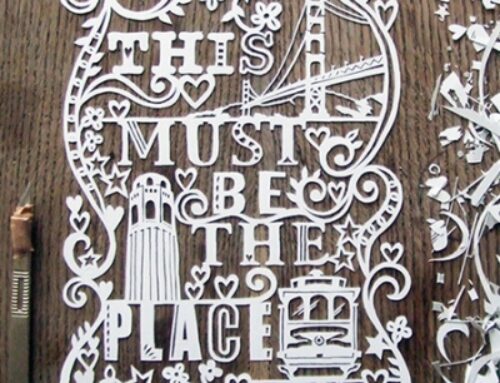An exhibition on recent public housing: a first attempt by the Ministry to explore the landscape of the suburbs, for now still focused on buildings and spaces rather than on the society inhabiting a ‘new world’.
First output of the new ‘Urban Peripheries’ sector of the MIBACT
An exhibition in Rome invites an interesting reflection on the public housing districts of the last 50 years. The result is a lesson in the commitment of an entire generation of technicians, today almost neglected.
It seems like another world, but in an era close to us an entire lever of technicians and politicians focused their energies and planning on the ‘housing theme’. Precisely that building of houses, which today we criminalise by calling for moratoria on land consumption, reading only its catastrophic aspects, sources of financial crises and epochal environmental disruptions. That building houses was until 20 years ago a topic of discussion and verification of the possibility of directing building, one of the cardinal productive activities of our economic system, to social purposes.
The INA casa plans, the Gescal programmes, and the housing law gave rise to significant public investment programmes, among the few at the centre of political debate and post-war welfare strategies, until the early 1990s. Then the directing of state resources on other issues, the unbridled promotion of home ownership, the destructuring of the cooperative system. Then the silence.
For twenty years, no one has bothered to check whether it was still necessary to respond to a social need for housing, to make room for what had been enshrined as a right since the 1970s. They must have believed: First Republic stuff…
Starting from completely different needs, the Ministry of Cultural Heritage recently took on a complicated subject, entitled ‘Urban Peripheries’. We realise that we need to study not only critically but also proactively, to find good practices for qualification, in a gigantic, oceanic sphere, such as the great post-World War II urban expansion, until now culpably neglected by architects and the various cultures of the contemporary.
To inaugurate this new and well-deserved strategy of cultural interests, the Ministry has rightly aimed at a transversal reading centred on public interventions. For once, we are not starting from the beautiful souls that realise model projects in some metropolitan square, but we are measuring ourselves with the dirty work, quantitatively relevant, with the ‘ordinary’ production of houses that the institutions have managed in the last 60 years.
So Franceschini inaugurates on 14 April at the State Archives in Rome In search of a normal city, an exhibition that collects, documents and invites us to reflect on some sixty residential neighbourhoods built over the last 50 years all over Italy with public investment.
One discovers, while visiting the exhibition, that two generations of architects have made it a point of honour to grapple with the theme of housing, declaring it to be the central place of urban life and accepting to actively participate in the current social and political debate.
In all cases these were arduous tests, in which the quality of the project was measured not in the formal effects to be photographed, but in the ability to respond simultaneously to different requirements: proposing innovative ways of living that were pleasing to the new inhabitants, maximising functionality with fixed and reduced costs, meeting the dimensional challenge of satisfying the needs of many hundreds of families at a time.
In many cases the entire system of complex and socially structuring relationships of the city has been taken over in the projects of the new neighbourhoods. These are the outcomes of Promethean attempts to produce functional spaces and organisations adapted to the entirety of the new inhabitants’ needs, as if one could (and would) live in the neighbourhood independently from the rest of the world, in the wake of the Anglo-Saxon utopia of the new town and Le Corbusier’s unité d’habitation.
These were complex attempts and experiments, sometimes intriguing but mostly doomed to failure, sometimes ruinous for the families of the new inhabitants, who struggled for decades to adapt to the buildings (or to adapt them to their needs, as happens in certain cases documented in the exhibition).
In fact, the focus in the exhibition is on the lives of the inhabitants, their reactions to the spaces that house them, which can be fully read 20 or 30 years after construction. It is from here that instructive reflections derive in order to consider what to do today, in the face of an overall disengagement of the new generations of technicians and new ways of living apparently completely different from those of the past: multimodal, articulated, elusive to the paradigms to which we are accustomed.
In any case, the exhibition pays homage not only to the greats who have honestly measured themselves in the field of ordinary house production, with alternating fortunes and extraordinary proofs of excellence, but also to hundreds of unknown architects, engaged throughout their careers, outside of magazines and salons, in that tough and grandiose profession that is making (and remaking) cities.
This is perhaps the most evident result: the discovery of a mine of material to be studied and evaluated, of experiences that have been little explored but are certainly useful in properly tackling the overwhelming theme of the suburbs.
Here, however, it is especially important to highlight an aspect that remains under the radar in the exhibition, but which is nevertheless legible as the leitmotif of many of the most interesting neighbourhoods and which can open up a strand of qualifying proposals for the newly-born interest in Urban Peripheries in MIBACT.
It can be defined with an axiom: The laws of the landscape are valid in any case, even when applied to the city, meaning by laws the most recurrent (and often least studied) aspects found in the sense of the landscape, a product of the cultural interaction between a territory and the population inhabiting it. We are interested, in order to support the axiom game, in three laws of landscape sense:
– it focuses on certain representative aspects of the places, also chosen in a different way from what has been architected,
– it is dense with serendipity, an effect that favours the occurrence of unexpected positive facts,
– evolves over time with hysterical processes of adaptation or rejection.
In concrete terms, a few traces: from the stories of the neighbourhoods on display in the exhibition, the behaviour of the inhabitants emerges, often doing summary justice to the projects of public spaces and urban design, abandoning shopping malls, squares and vaults (every neighbourhood has at least one) where people are supposed to meet. And vice versa, a remnant of a pre-existing farmhouse, a marginal garden cultivated by some small group of volunteers, the edge of a car park where people wait for public transport and where an abusive market is formed, are elected as signs of identity.
These are processes that consolidate after decades of uncomfortable adaptation, after time and more or less spontaneous adjustments have re-established those identity relations between inhabitant and dwelling that are necessary to live well.
What emerges, however, is how difficult it is to overcome the resilience of the reference models of the new citizens, who, despite the thousands of different offers, have ideologically desired the autonomous house for three generations, and have willingly renounced any social identity and community space, preferring in any case autonomy, low density, the small villa with garage and micro-garden. Except then abandoning it to take refuge in the depths of historic quarters, where old houses welcome everything and resolve everything, placating the hysteria of archetypal models now far removed from our times.
This is where we all start from, to understand the lessons that the suburbs, a severe teacher, imparts to us.




